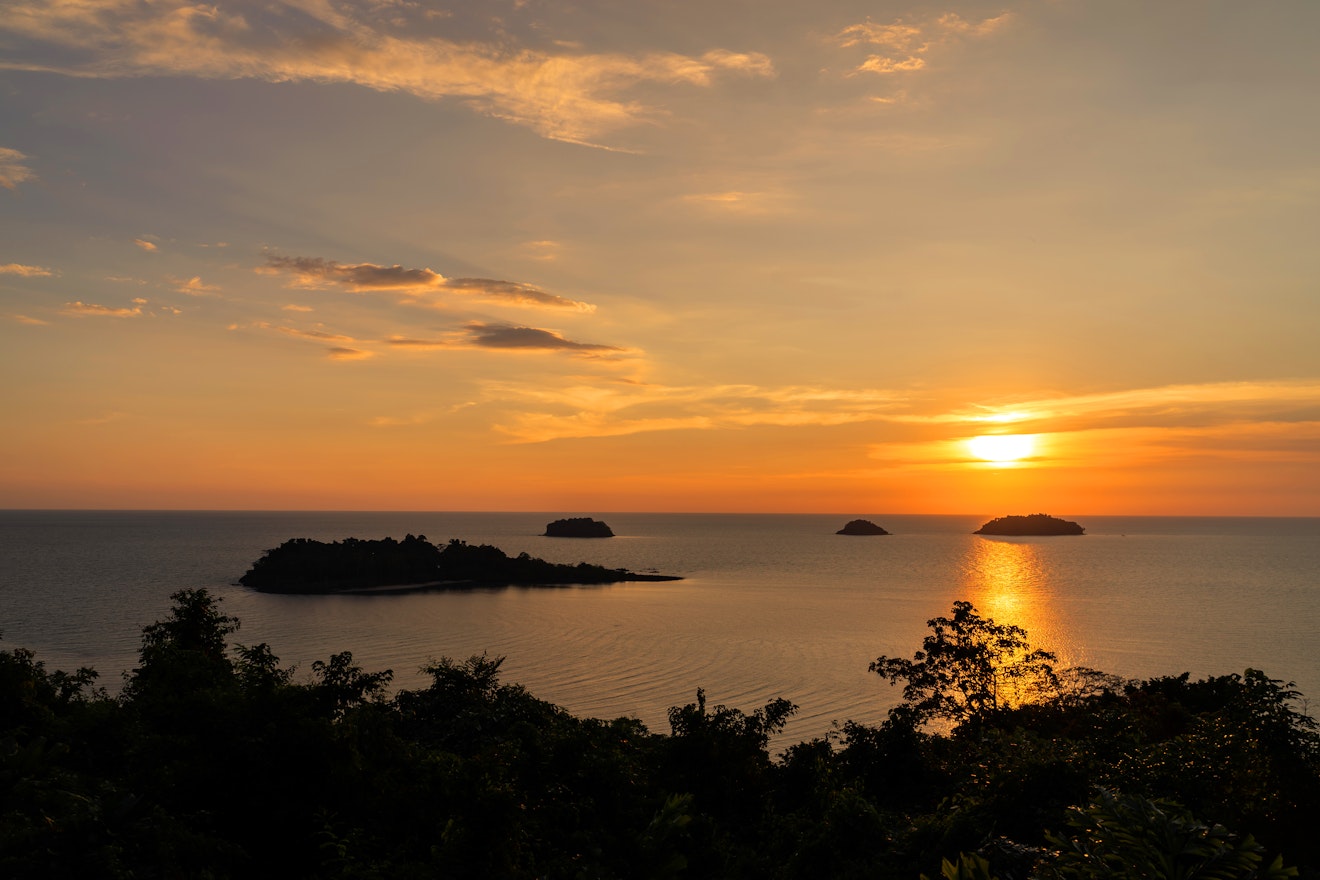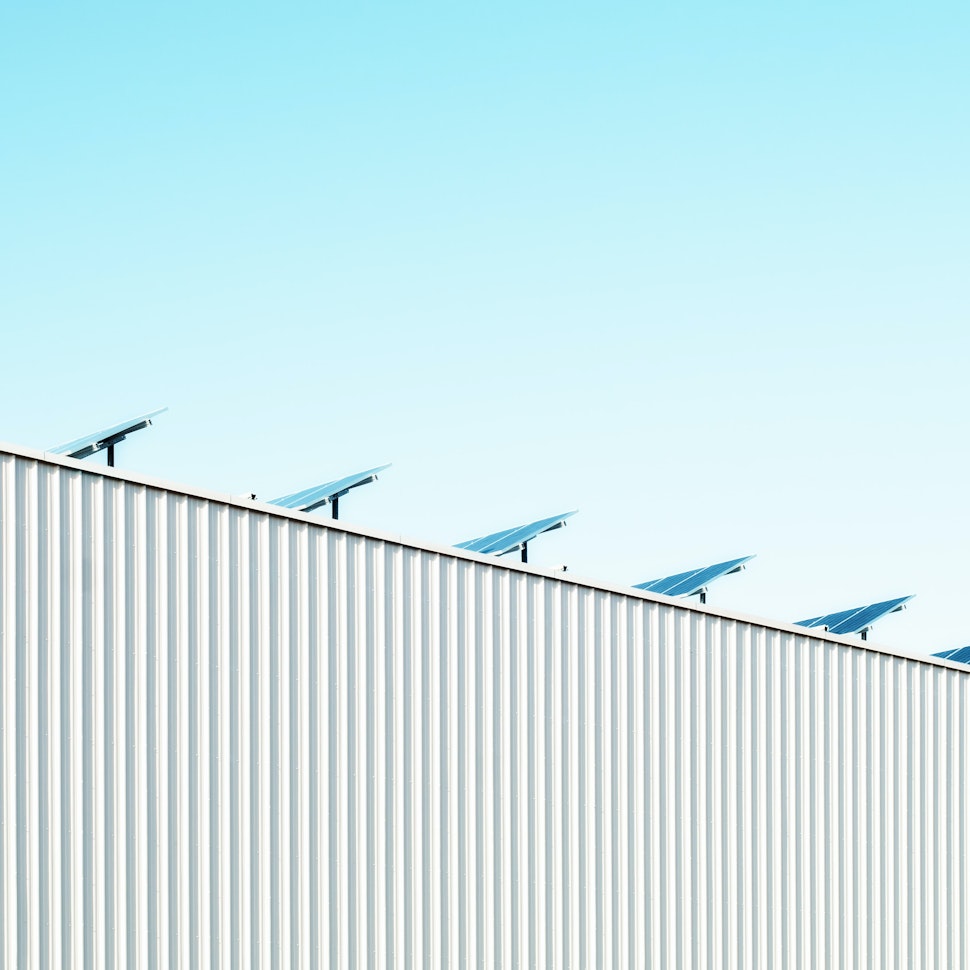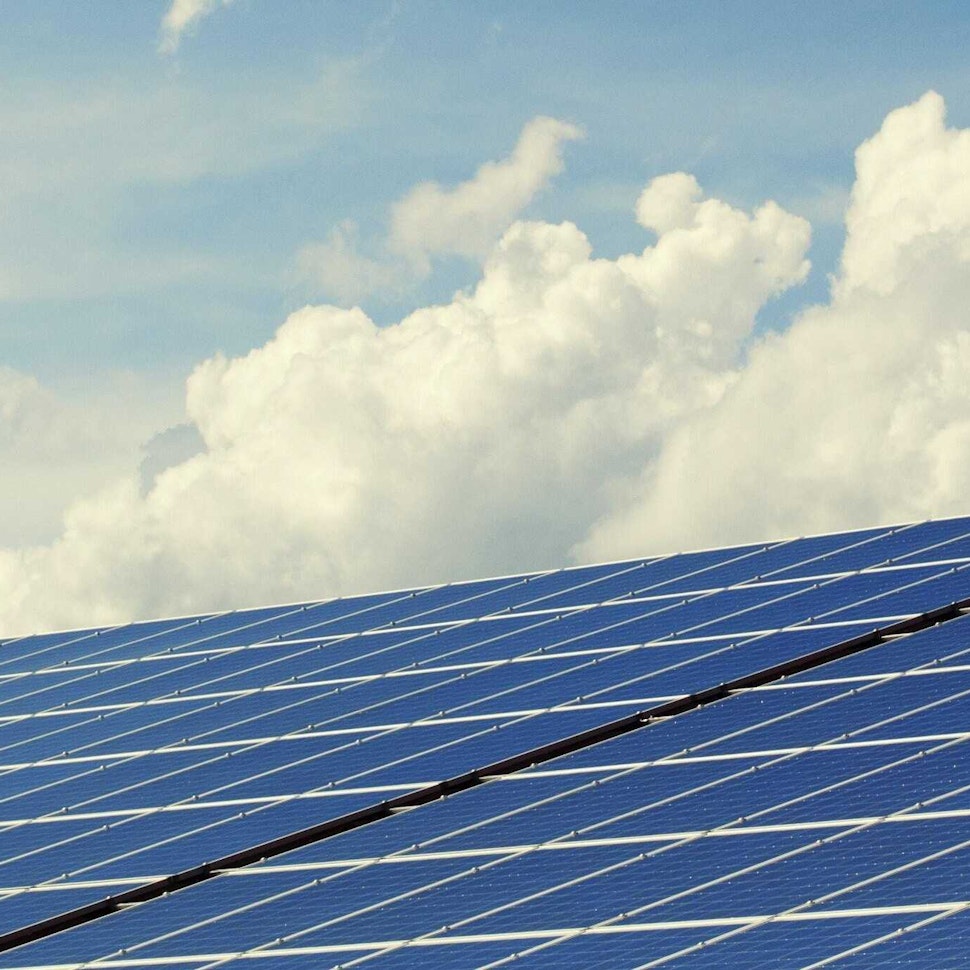- Solar energy blog
- The future is green for Indonesia; a look at the 20 billion dollar Just Energy investment
The future is green for Indonesia; a look at the 20 billion dollar Just Energy investment
Read on to learn about the Just Energy Transition Partnership (JETP), a comprehensive investment plan that aims to mobilize $20 billion to decarbonize Indonesia's power sector.



Content
Today, approximately 60% of Indonesia’s energy comes from coal, making it one of the world’s largest greenhouse gas emitters. Since the Paris Climate Accord was signed in 2015, its per-capita emissions have increased faster than any of the world’s 20 largest economies.
Striving for a greener future, however, Indonesia has set out a range of ambitious renewable energy goals to reverse this trend. This includes reducing carbon dioxide emissions to 250 million metric tons for its on-grid power sector by 2030 (down from estimated business-as-usual emissions of 350 million metric tons).
Within the same timeframe, Indonesia also aims to have almost half (44%) of its power generation come from renewable sources (a significant increase from 12% in 2022). To help achieve this, they have entered into the Just Energy Transition Partnership (JETP).
About Indonesia’s Just Energy Transition Partnership
The Just Energy Transition Partnership (JETP) is a comprehensive investment plan led by international lenders, including the United States and Japan, that aims to mobilize $20 billion in financing for the decarbonization of Indonesia’s power sector.
This large figure will be divided into two equal parts: $10 billion from governments and development banks and $10 billion from the private sector. Prominent investments already announced include just over $1 billion from the European Investment Bank and $1.7 billion of concessional and non-concessional loans from Japan.
What will JETP be used for?
One of JETP’s core objectives is to support clean energy development and major renewable energy projects centered on solar, geothermal, and wind power.
JETP will also focus on creating an energy environment that will entice private developers to enter the Indonesian market.
To create these conditions, Indonesia will need to implement a number of pro-market reforms. PLN, the state-owned electricity utility, is expected to transform its business model and procurement processes to make the market more appealing to investors.
Other reforms include raising retail electricity prices and shifting the market risk away from private developers and onto the state.

How will Indonesia’s Comprehensive Investment and Policy Plan support JETP?
The Comprehensive Investment and Policy Plan (CIPP), spearheaded by leaders from the U.S. and Japan, works in tandem with the JETP. The CIPP represents the culmination of a year’s work and serves as an essential roadmap for the country’s transition to cleaner energy. The plan was developed in collaboration with the International Partners Group (IPG).
At its core, the CIPP lays out a technical pathway for reform. It features clear policy recommendations for a successful transition away from fossil fuels and provisions for a “just transition” to support workers and communities affected by this shift in industry focus.
CIPP supports JETP by identifying the initiatives that best match its priorities. Those most likely to be identified include the deployment of new renewable energy technologies, the expansion of transmission infrastructure or grid build-out efforts, managed phaseout activities, and initiatives that support just transition processes.
To ensure this all goes well, ongoing collaboration between Indonesian government officials and IPG members, facilitated by JETP Secretariat staff, is in place. The CIPP has also garnered international support and recognition from a number of different countries, a sign that Indonesia is well on the way to sparking a boom in its renewable energy sector.
What are the challenges and limitations of JETP?
Although JETP is very comprehensive and well-structured, it has its challenges.
More focus on biomass and hydropower projects than solar
One such issue arises from the program’s excessive focus on biomass and hydropower projects. Critics argue that, despite solar power’s potential for significant growth in Indonesia, there seems to be an overly conservative limit on its expansion.
The Centre for Research on Energy and Clean Air, a non-profit think tank, said in a statement reacting to the draft roadmap: “There is no reason why Indonesia cannot pursue more than 32 gigawatts (GW) of solar to be installed before 2030, based on experiences from China, among others.”
The possible debt accumulation
The financial aspect of JETP also raises concerns about potential debt. As a significant portion of funding is expected to come from private financing, including market-rate commercial loans or other debt instruments, economic critics have warned that this new form of financing may leave Indonesia with substantial debt.
Coal in Green Taxonomy
Finally, a further limitation lies within the newly unveiled version of Indonesia’s financial regulator’s green investment taxonomy, which categorizes some coal-fired power plants as contributors to the low-carbon transition.
While not specific to JETP, regulators have suggested designating transition coal power plants as “green,” thereby qualifying them for green financing support. This has the potential to mislead international investors seeking environment-friendly assets and harm Indonesia’s overall clean energy transition.
Despite its challenges and limitations, Indonesia’s JETP is the most significant climate investment of its kind in history and is a promising jump start toward its 2030 renewable goals.
Latest stories
Related posts
Technology and engineering
Innovation in renewable energy: Developments expected in 2025
We look at the 10 biggest renewable industry developments that are making a green future possible, including perovskite solar cells, green hydrogen, and more.
Updated 18 MAR, 25

Market analysis
Breaking down solar farm costs: Free template inside
Updated 27 SEP, 21

Market analysis
Solar energy in Australia: a 2021 market analysis
Updated 11 MAY, 21

- RatedPower
- Solar energy blog
- The future is green for Indonesia; a look at the 20 billion dollar Just Energy investment

